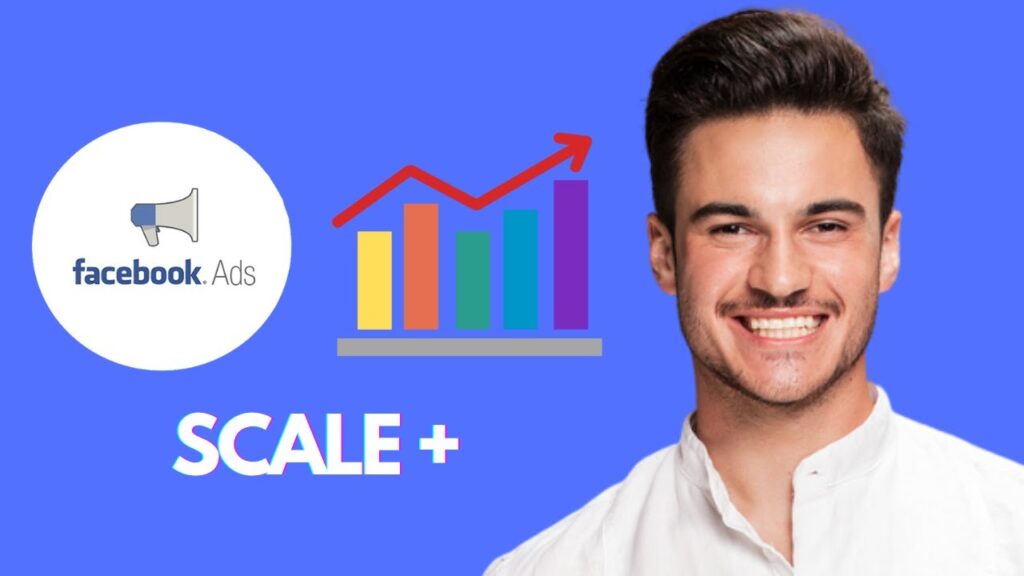How to Scale with Facebook Ads
Scaling your Facebook ads effectively is crucial for increasing revenue while maintaining profitability. However, scaling goes beyond simply raising the budget; it involves strategic growth, audience expansion, and optimally managing your campaigns for the best return on ad spend (ROAS). In this guide, we will explore how to scale your Facebook ads without negatively impacting performance or wasting money, regardless of whether you’re running an e-commerce store, a service-based business, or a lead generation campaign.
Types of Scaling
There are two primary methods for scaling your Facebook ads:
Vertical Scaling
Vertical scaling refers to increasing your ad budget while keeping the structure of the campaign stable. Gradually increase your daily or lifetime budget to avoid disrupting Facebook’s algorithm. A recommended approach is to increase the budget by 20 to 30% every two to three days.
To optimize your scaling efforts, utilize Campaign Budget Optimization (CBO) to enable Facebook to distribute your budget efficiently. Additionally, consider using lifetime budgets instead of daily budgets for better long-term results. If you notice a decline in performance after a budget increase, consider slightly reducing the budget to allow the algorithm to readjust.
Horizontal Scaling
Horizontal scaling involves duplicating campaigns or ad sets and testing new audiences, creatives, or ad placements to expand reach without affecting existing performance. Allowing room for experimentation is vital in this process.
Once you’ve maximized your current audiences, begin expanding by creating lookalike audiences based on high-converting customers. Adjust and test various interests, behaviors, job titles, and competitor audiences to broaden your reach. Engage broad targeting to let Facebook’s AI identify potential buyers, rather than imposing strict audience filters.
Improving Ad Creatives and Copy
As you scale, it’s essential to keep engagement high, as ad fatigue can lead to declining performance. To mitigate this risk, experiment with multiple ad creatives, including videos, images, carousels, or GIFs. Refreshing your ad copy is crucial to avoid message repetition. You can also leverage dynamic creative testing, enabling Facebook to automatically test different headlines, images, and CTAs.
For example, if your original ad emphasized saving money, consider creating variations that focus on convenience or speed.
Retargeting and Upselling for Higher Profits
Scaling isn’t solely about acquiring new customers; it’s also about increasing sales from existing ones. Focus on retargeting website visitors who have completed a purchase or retarget video viewers who watched at least 50% of your ad. Additionally, create upsell and cross-sell ads targeted at customers who have previously made a purchase. For instance, if someone bought a fitness product, you could retarget them with related supplements or workout programs.
Optimizing for ROAS
While scaling, closely track performance metrics to ensure profitability. Key metrics to monitor include:
- ROAS (Return on Ad Spend): Measures how much revenue you earn per dollar spent.
- Cost Per Acquisition (CPA): An increasing CPA can indicate that scaling is unprofitable.
- Click-Through Rate (CTR): A declining CTR may suggest ad fatigue.
- Frequency: If frequency exceeds three to four, it may be time to refresh your creative.
Automating Scaling with Facebook Rules
To simplify scaling, utilize Facebook’s automated rules to manage your campaigns more efficiently. You can set rules to automatically increase budgets when ROAS is high, pause underperforming ads when CPA exceeds a certain amount, and receive notifications about any ads that are underperforming. These automated adjustments will optimize your scaling strategy while saving you time.
Leveraging Facebook’s Advantage Plus Campaigns
Consider using Facebook’s Advantage Plus shopping campaigns, which harness AI to automate retargeting, creative testing, and budget distribution. This campaign type is particularly effective for e-commerce businesses seeking fast results without micromanaging ads.
A/B Testing for Data-Driven Scaling
Scaling without testing is akin to flying blind. Conduct A/B testing to validate what works before scaling. Experiment with different creatives—such as images versus videos—varying copy lengths, and contrasting CTAs. Comparing different audience segments, like lookalike versus retargeted users, can help identify high-performing variations for scaling.
Diversifying Traffic Sources
Relying solely on Facebook ads can be risky; therefore, consider running parallel campaigns on other platforms. Instagram and TikTok ads are excellent for visual projects and can target younger audiences, respectively. Google Ads capture high-intent buyers actively searching for your products, while YouTube ads can engage warm leads using compelling video content. Diversifying your traffic sources reduces risk and ensures your business isn’t overly reliant on any single platform.
Monitoring Competitors
Don’t overlook your competitors; analyzing their ad strategies can expedite your own scaling efforts. Keeping an eye on what’s working for them can provide valuable insights.
Utilizing Influencer Marketing and UGC
User-generated content (UGC) and influencer marketing can significantly enhance ad performance. Collaborating with influencers can lead to authentic endorsements, while UGC showcases real customer experiences.
Conclusion
Successful scaling of Facebook ads requires a balanced approach. By thoughtfully increasing budgets, strategically expanding audiences, refreshing ad creatives, and optimizing ROAS, it’s possible to drastically increase sales without significant cost escalation. If you found this guide helpful, consider liking, subscribing, and commenting on your biggest challenges in scaling Facebook ads. Thank you for reading, and best of luck with your scaling journey!


 | Will or Trust? Find the Right Option!
| Will or Trust? Find the Right Option! | Step-by-Step Scaling Strategy to Maximize ROAS
| Step-by-Step Scaling Strategy to Maximize ROAS